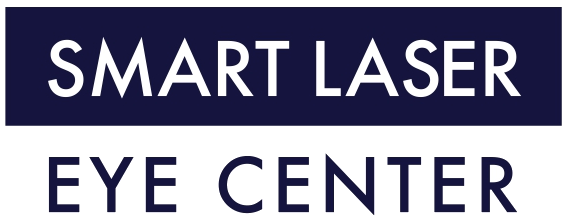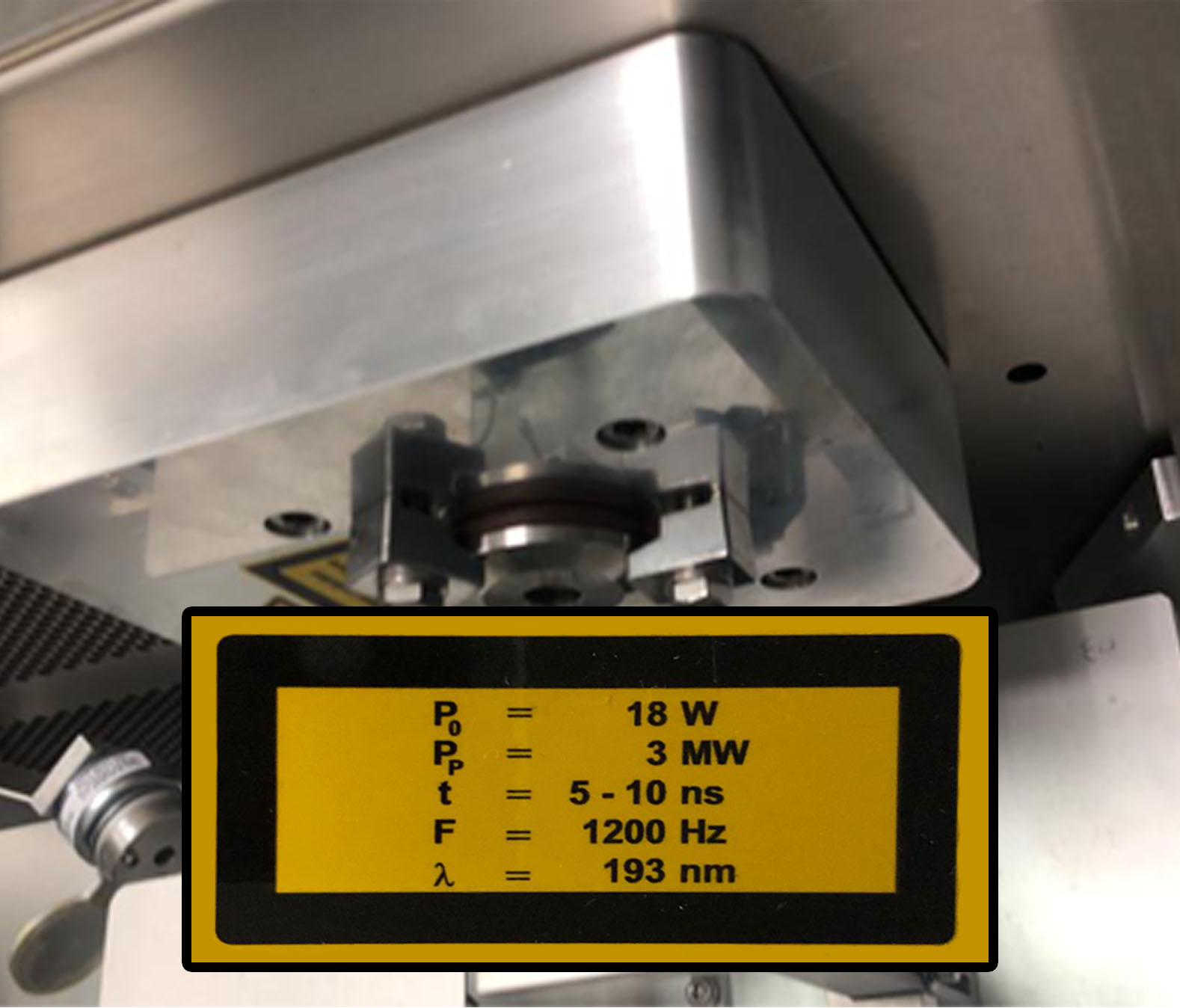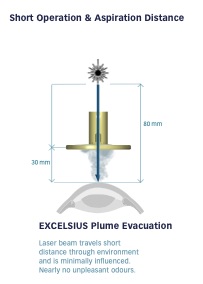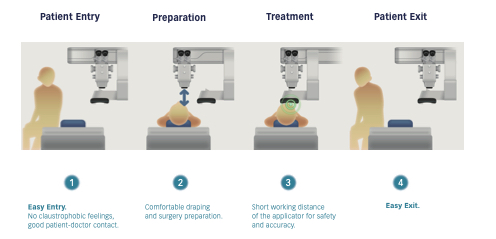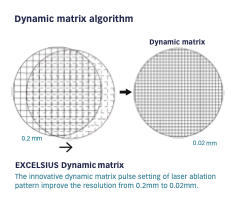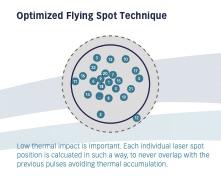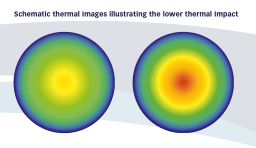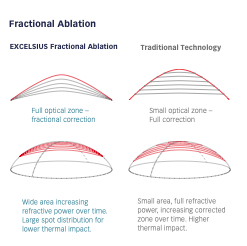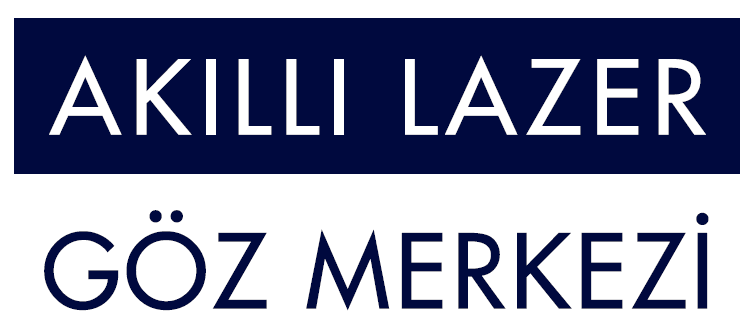Safe and Fractional Ablation
Especially, In standard Excimer Lasers, during the application of Transepithelial-PRK(No Touch) or PRK Laser surgery technique. Therefore, one of the complications that eye surgeons are most afraid of is “Haze”. “Haze” is corneal edema cause by thermal impact. Also, as a general diagnosis of the “Haze” complication, the risk is define as the patient seeing hazy/blurry. In this method, since your cornea is expose to more thermal impact than normal due to laser beams. Particularly, your eye surgeon applies some medications and procedures to the patient’s eyes during the surgery in order to prevent the risk of “Haze”.
However, these procedures are not 100% guarantee to eliminate the risk of “Haze”. In addition, if an excimer laser device with a technology to prevent the risk of “Haze” is not use. Also, there may be a risk of “Haze” after the operation. Especially, your preoperative visual acuity may cause a “Haze” that will form on the residual stromea and the depth of ablation due to refractive error. Which may cause postoperative corneal clouding. Also, due to the formation of edema on the cornea, hazy / blurry vision may disappear in 6 months or 1 year in the medium term. Unfortunately, this risk is a very distressing complication for the patient and some patients may need extra surgical intervention.
Optimized Flying Spot and Fractional Ablation Technique
Especially, in order to avoid this undesirable situation. Excelsius Engineers developed the “Optimized Flying Spot – Safe and Fractional Ablation Technique” for Transepithelial-PRK or PRK surgeries. Therefore, this development, which was apply for the first time in the 4th Generation Excelsius M7 H series. Additionally, Transepithelial-PRK or PRK Laser surgery can be perform by calculating the previous beams to never overlap. Or come together in order to eliminate the thermal heating that will be cause by the successive Laser beams on the cornea (as in the leftmost thermal graph). Thus, the risk of complications of “Haze”, that is, Corneal edema, that may occur in Transepithelial-PRK or PRK Laser surgery is minimize. See more about our eye treatments technologies..
